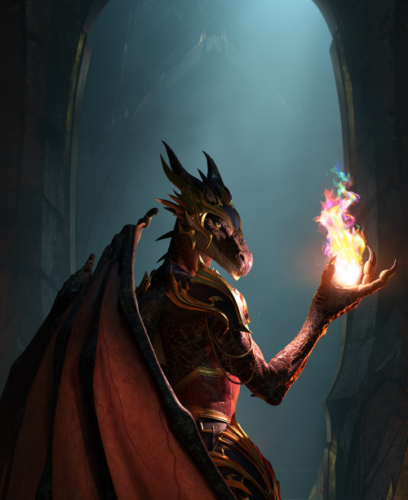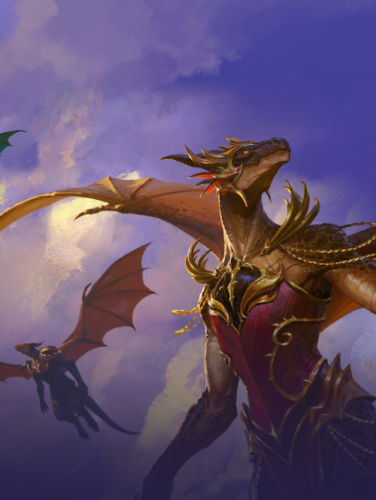
The BLZ51903006 and wow519001188 errors are two that you may have seen recently when attempting to log in to World of Warcraft. Both of these errors will be discussed in this guide, along with some approaches you can take to resolving them.
World of Warcraft Guide – What is wow519001188 error?
In the past, the wow51900118 error indicated backend server maintenance, which caused downtime, but it now appears that the problem is with the authentication servers.
This will be familiar to anyone who attempted to play Dragonflight on launch day. Given that it’s Friday (rather than the usual Tuesday), it’s unlikely that this is a planned outage, and we’ll all have to wait while Blizzard works out the kinks.
Blizzard is no stranger to DDoS attacks, and while that isn’t the case this time, it’s worth remembering that online services occasionally go down for reasons beyond the developer’s control. These problems are usually resolved in a matter of hours, so hopefully we’ll all be frolicking in the Zaralek Caverns in no time.
World of Warcraft Guide – How to fix BLZ51903006 error

The BLZ51903006 error is a common connection issue that players may encounter when attempting to play World of Warcraft, whether on the Retail or Classic client.
There are a few things you can do to see if you can fix this problem on your end.
First, try running the World of Warcraft executable file directly from the installation folder. You can easily access the folder of your WoW installation from the Battle.net Launcher by clicking on the cog icon next to the Play button and then on the “Show in Explorer” option from the drop menu.
If that doesn’t work, try removing the Blizzard Cache folder. You can find it by typing %ProgramData% into the “Run” function (Win + R). After pressing Enter, locate the Blizzard Entertainment folder and, within it, the Cache folder, which you should delete.
If that doesn’t work, return to the ProgramData folder and delete the Battle.net folder (which is usually right above the Blizzard Entertainment folder).
If neither of these work, you should troubleshoot your connection thoroughly, which may include resetting your router, flushing your DNS, updating your drivers, and/or updating Windows. For both PC and Mac users, the official Blizzard troubleshooting article can be found here. Some of these advanced steps are in the “use at your own responsibility” category, so it is recommended that you carefully follow the instructions as written in order to avoid unfavorable troubleshooting results.
This brings us to the end of this World of Warcraft guide.
Related:
